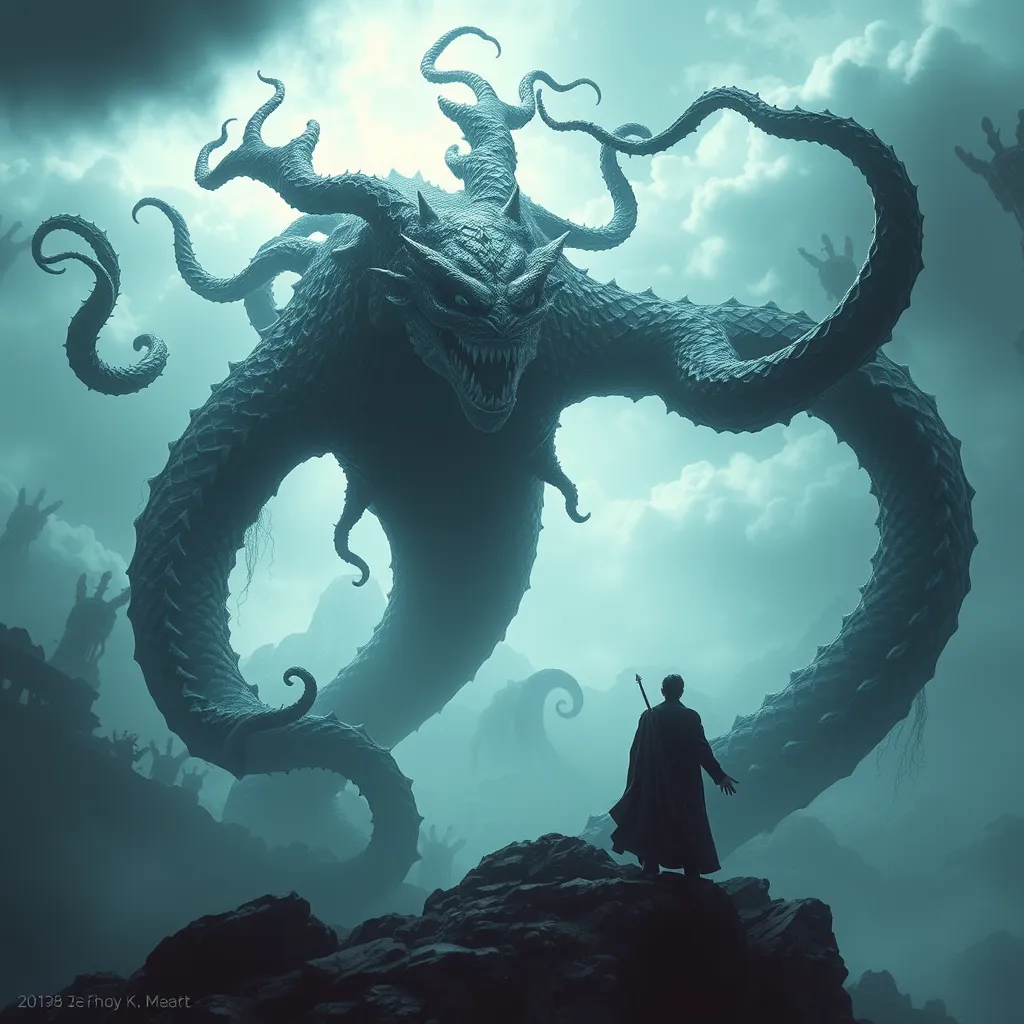The Evolution of Celestial Belief: From Ancient to Modern Interpretations
I. Introduction
Celestial belief refers to the ideas and interpretations surrounding the cosmos, stars, planets, and their influence on human life. These beliefs have evolved significantly over time, shaped by cultural, religious, and scientific developments. Understanding the evolution of celestial belief is crucial as it provides insight into humanity’s quest for knowledge and meaning, reflecting our changing understanding of the universe and our place within it.
This article will explore the evolution of celestial belief from ancient civilizations to contemporary views. We will examine how different cultures interpreted celestial phenomena, the impact of religious thought, the shift to scientific reasoning, and the interplay between science and spirituality in modern times.
II. Ancient Civilizations and Celestial Beliefs
Ancient civilizations were deeply connected to the cosmos, viewing celestial bodies as integral to their cultural and religious frameworks.
A. Mesopotamian astronomy and mythology
In Mesopotamia, astronomy was closely linked to mythology. The Babylonians, for instance, developed one of the earliest systems of astronomy, using their observations to create calendars and predict celestial events. They believed that celestial bodies were manifestations of their gods, influencing terrestrial events.
B. Egyptian cosmology and the role of deities
Egyptians had a rich cosmology centered around the sun god Ra, who was believed to traverse the sky daily. The alignment of their pyramids with the stars reflected their astronomical knowledge and the importance of the afterlife, as they believed that the stars were gateways to the heavens.
C. Greek contributions: Philosophers and the cosmos
The Greeks made significant contributions to celestial belief through philosophy and science. Figures like Ptolemy proposed geocentric models, while later philosophers such as Plato and Aristotle pondered the nature of the universe and the divine, setting the stage for future astronomical developments.
III. Medieval Perspectives on Celestial Belief
The medieval period saw a fusion of celestial belief with religious doctrine, heavily influenced by Christianity and Islamic scholarship.
A. The influence of Christianity on celestial interpretations
Christianity introduced a theological framework that often viewed the cosmos as a reflection of God’s order. Celestial bodies were interpreted as divine creations, and their movements were seen as part of God’s plan.
B. Islamic Golden Age: Astronomy and celestial navigation
During the Islamic Golden Age, scholars such as Al-Khwarizmi and Al-Battani made remarkable advancements in astronomy. They preserved and built upon Greek knowledge, developing sophisticated tools for celestial navigation and furthering the understanding of planetary movements.
C. The synthesis of ancient knowledge and religious beliefs
This period marked a synthesis of ancient astronomical knowledge with religious beliefs, leading to a more structured understanding of the cosmos influenced by both faith and observation.
IV. The Renaissance and the Birth of Modern Astronomy
The Renaissance was a pivotal period that sparked a revolution in celestial belief and astronomy.
A. Key figures: Copernicus, Galileo, and Kepler
Copernicus challenged the geocentric view by proposing a heliocentric model, suggesting that the Earth revolves around the sun. Galileo’s telescopic discoveries and Kepler’s laws of planetary motion provided the empirical evidence needed to support this revolutionary shift.
B. Shift from geocentrism to heliocentrism
- Copernicus’ “On the Revolutions of the Celestial Spheres” (1543) introduced heliocentrism.
- Galileo’s observations of Jupiter’s moons offered proof of heliocentric theory.
- Kepler’s laws refined our understanding of planetary motion, cementing the heliocentric model.
C. Impact of the printing press on celestial knowledge dissemination
The invention of the printing press allowed for the widespread dissemination of astronomical texts, making knowledge more accessible and encouraging public interest in celestial phenomena.
V. The Enlightenment and Rational Thought
The Enlightenment era emphasized reason, observation, and scientific inquiry, significantly shaping celestial belief.
A. Scientific advancements and celestial mechanics
Advancements in celestial mechanics, largely due to Newton’s laws of motion and universal gravitation, provided a framework for understanding the forces that govern celestial bodies.
B. Philosophical shifts: From superstition to rationalism
This period saw a decline in superstition and a rise in rationalism, leading to a more scientific approach to understanding the cosmos.
C. The role of observation and experimentation in celestial belief
Observation and experimentation became central to the study of celestial phenomena, marking a departure from purely mythological interpretations to empirical science.
VI. 19th and 20th Century Developments
The 19th and 20th centuries witnessed remarkable advancements in our understanding of the universe.
A. The rise of astrophysics and the study of celestial phenomena
Astrophysics emerged as a discipline, combining physics and astronomy to study the properties of celestial bodies and phenomena such as stars, galaxies, and black holes.
B. The impact of space exploration on public perception
Space exploration, particularly the moon landing in 1969, transformed public perception of the cosmos, making the vastness of space more tangible and igniting interest in astronomy.
C. Celestial belief in the context of modern science and technology
With advancements in technology, our understanding of the universe has expanded, leading to new theories about dark matter, black holes, and the origins of the universe itself.
VII. Contemporary Views on Celestial Belief
Today, celestial belief encompasses a blend of scientific understanding and spiritual interpretations.
A. The intersection of science and spirituality
Many individuals find a connection between scientific discoveries and spiritual beliefs, viewing the cosmos as a source of wonder and inspiration.
B. Popular culture and celestial themes in media
Celestial themes are prevalent in popular culture, manifesting in movies, literature, and art that explore humanity’s relationship with the universe.
C. The resurgence of interest in astrology and new-age beliefs
Astrology and new-age beliefs have seen a resurgence, as many seek personal meaning and guidance from the stars, reflecting a continued fascination with celestial influences.
VIII. Conclusion
The evolution of celestial belief reflects humanity’s changing understanding of the universe, from ancient mythologies to modern scientific theories. This journey illustrates our quest for knowledge and meaning, showing how celestial phenomena have shaped cultures and beliefs throughout history.
As we continue to explore the cosmos, the significance of celestial beliefs remains relevant, prompting us to reflect on our place in the universe. Future studies on celestial belief will likely delve deeper into the interplay between science, spirituality, and cultural narratives, revealing the enduring impact of the cosmos on human thought and society.



